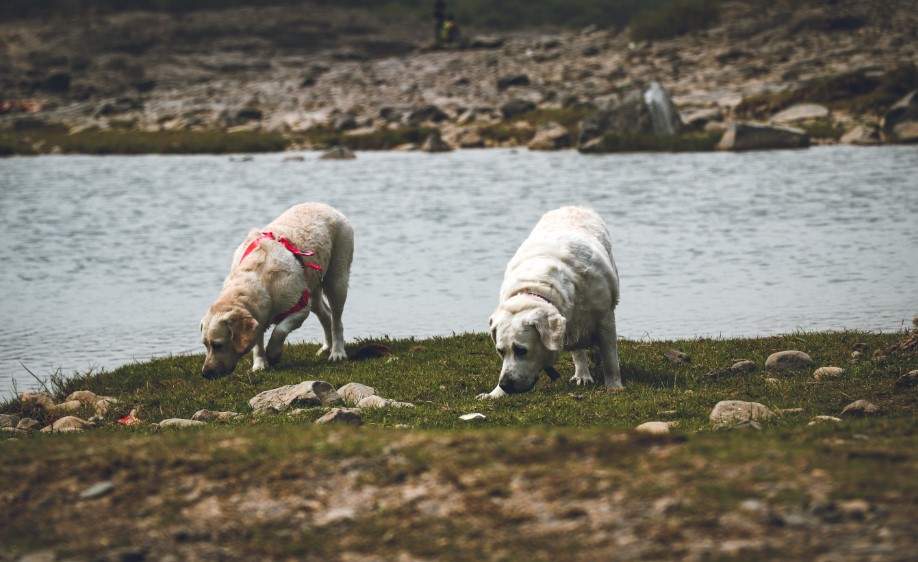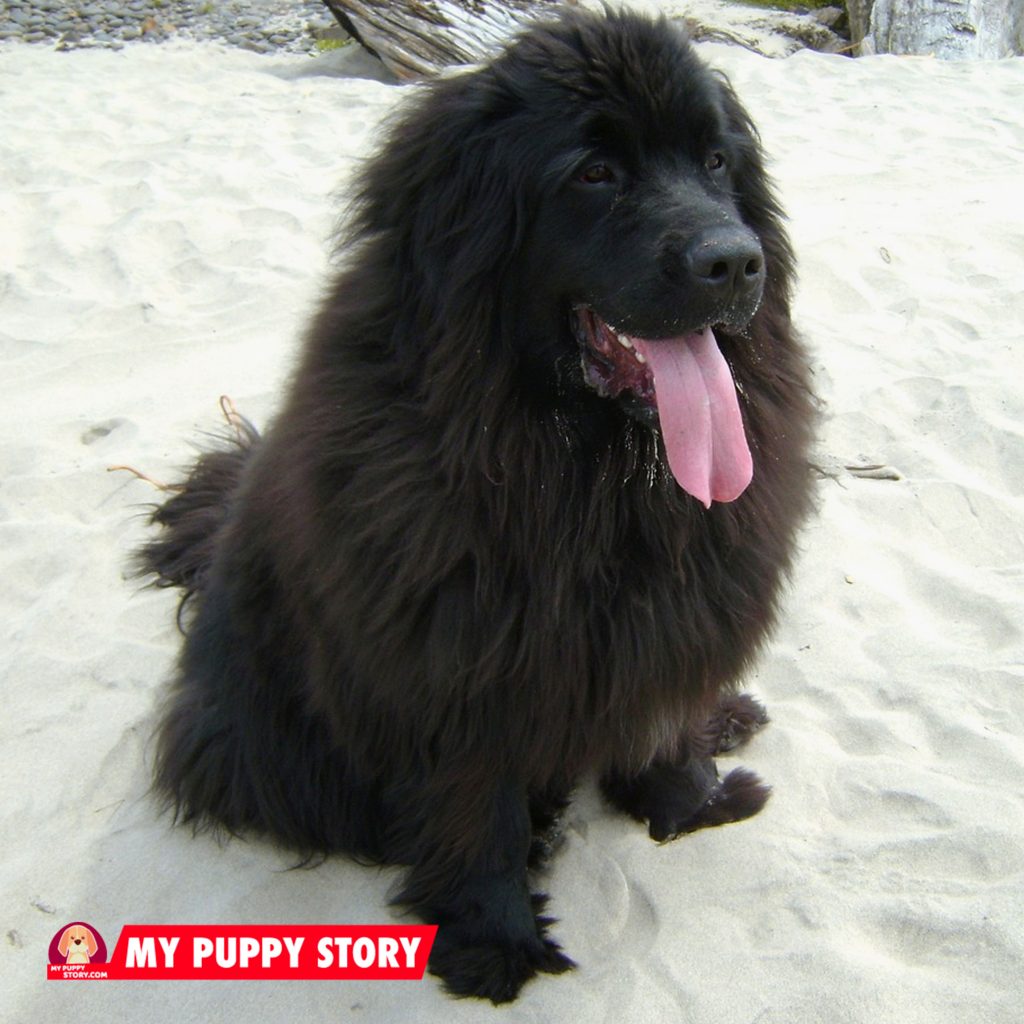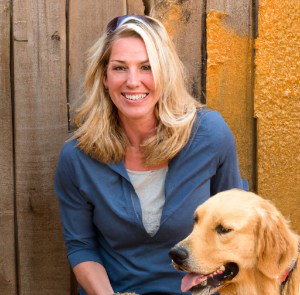January 4, 2023
Many different dog breeds have unique talents and abilities that have been harnessed for specific purposes, such as working with law enforcement, performing in sports, and more. The following is a list of these diverse and exciting canine occupations and sports, as well as the most common breeds or types of dogs that excel in […]



